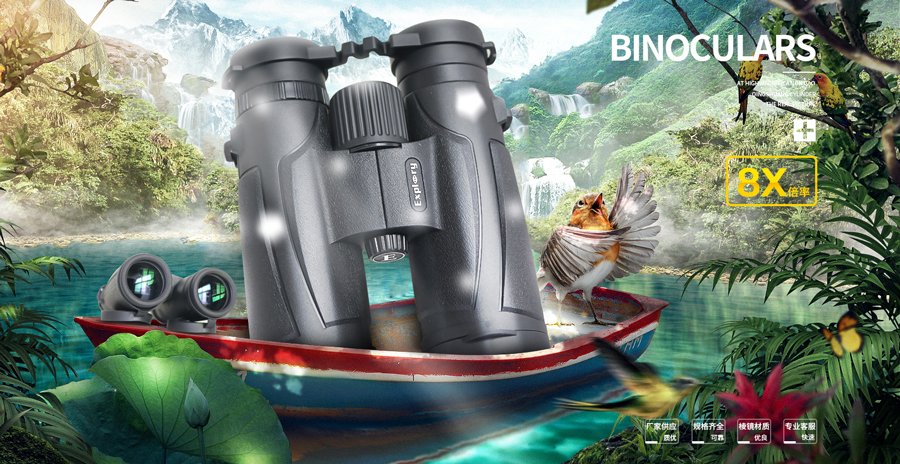When you plan to buy a telescope, what is your greatest expectation for it? In other words, what should a telescope provide you with first? What is its mission? In fact, it is very simple, that is to allow us to clearly see the distant target that was originally invisible! If the general mission of a telescope is to enable us to see and distinguish distant scenery, then a good telescope, an excellent telescope, those designed by top experts racking their brains, those who have invested a lot of money to build What is the highest mission of the branded telescopes that they want to accomplish? It’s clarity! It is to allow you to see the distant scenery clearly, not deformed or out of shape, not discolored or darkened, not vaguely, and you must see the distant scenery vividly.
So, what is clarity? Many friends understand it as sharpness. In fact, sharpness is not exactly the same as sharpness. In other words, high sharpness is a necessary condition for high definition, but it is not the only condition. In a narrow theoretical sense, sharpness = sharpness + resolution! Among them, the factor that affects the definition the most is the resolution (under the premise of the same magnification). Let’s take a look at the photo below, which consists of three parts: the upper, the middle, and the lower.
Top: High sharpness but low resolution.
Medium: Low sharpness but high resolution.
Bottom: Sharpness, high resolution

Some common factors that affect the clarity of the telescope:
- 1 Sharpness:
So, what is sharpness? The meaning it represents is the clarity of the connection between the dark scene and the light scene you see through the telescope. Is it clean, knife-cut, black, black and white, or white? Or is there a blurry transition between black and white? Sharpness represents this concept. Please look at the picture below, the left side is a sharper image, the right side is not good:


- 2 Resolution:
Resolution in English is Resolution. It means that when we present the distant scenes in front of our eyes through the optical system of the telescope, are the distant objects clearly distinguishable between the small objects that are close to each other. Can they be clearly distinguished? For example, if you look at a cluster of trees on the top of a mountain in the distance, you can see a fluffy ball with telescope A, but you can see branches that are separated from each other with telescope B. Then we think that B High resolution.


- 3 Contrast:
Contrast and sharpness are very closely related, and high sharpness must correspond to high contrast. The only difference is that contrast often represents the entire surface and the contrast between the dark and light colors of the entire image surface you see through the eyepiece of the telescope.

- 4 Others:
There are also factors such as astigmatism, coma, spherical aberration, brightness, etc.

